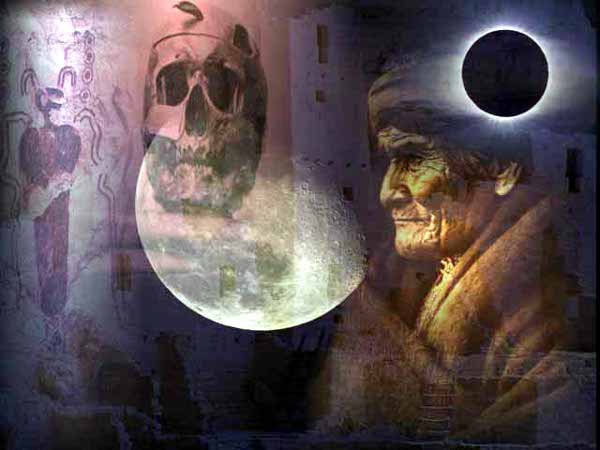

“It will not repair the damage to the tribe caused by its removal and imprisonment. “There is nothing to be gained by digging up the dead,” said Jeff Houser, the chairman of the Fort Sill Apache Tribe. The branch of the tribe that settled at Fort Sill after Geronimo died is fighting to keep the grave where it is. Not all Apaches want to move his remains to New Mexico. Miles on the New Mexico-Arizona border in 1886 and spent the rest of his life in prison, dying of pneumonia. He finally surrendered, with only 35 men left, to Gen. Geronimo, whose given name was Goyathlay, put up fierce resistance to white settlers, fighting the Mexican and United States armies for nearly three decades. Ten years later, the army covered the grave with concrete and replaced a simple wooden headstone with a stone monument, making it nearly impregnable. Some local historians and anthropologists in Oklahoma have cast doubt on the tale, noting that no independent evidence has been found to suggest that Geronimo’s grave was disturbed in 1918. “There is a skull encased in a glass display when you walk in the door of the Tomb, and they call it Geronimo.” “Of all the items rumored to be in the Skull and Bones’s possession, Geronimo’s skull is one of the more plausible ones,” said Alexandra Robbins, the author of “Secrets of the Tomb” (Little Brown 2002), a book about the society. Trubee Davison by Winter Mead, said Geronimo's skull and other remains were taken from the leader's burial site along some tack for a horse.Legend has it that Prescott S. In 2005, a Yale historian discovered a letter written in 1918 from one Skull and Bones member to another, seeming to lend validity to the tale of the stolen remains. 20, 2009 HOUSTON The descendants of Geronimo have sued Skull and Bones, a secret society at Yale University with ties to the Bush. According to lore, members of Skull and Bones – including the president's grandfather, Prescott Bush – dug up his grave in 1918 when a group of Army volunteers from Yale were stationed at the fort during World War I. Geronimos descendants sue secret society at Yale Feb. Its most enduring story concerns Geronimo, who died Feb. Members swear an oath of secrecy about the group and its strange rituals, which include initiation rites such as confessing sexual secrets and kissing a skull. Only 15 Yale seniors are asked to join each year. Membership into Skull and Bones marks the elite of the elite at the Ivy League school. The society has so far refused to comment. We're tired of waiting and we're coming after them.''Ī spokesperson for Yale said the university had "no relics or bones belonging to Geronimo" but stressed it could not answer for Skull and Bones because it was independent. "I want them to understand we mean business," Geronimo said of the lawsuit.

Their lawsuit also names President Barack Obama, Defence Secretary Robert Gates and Army Secretary Pete Geren as defendants. Harlyn Geronimo wants those remains and any held by the federal government turned over to the family so they can be reburied near the Indian leader's birthplace in southern New Mexico's Gila Wilderness. The lawsuit follows a long-standing legend that the ultrasecret society swiped Geronimo's skull and some of his bones from the army outpost in Oklahoma. "I believe strongly from my heart that his spirit was never released," Harlyn Geronimo said. Geronimo, who was born Goyathlay, was eventually sent to Fort Sill and died at the outpost of pneumonia in 1909. and Mexican armies, Geronimo and 35 warriors surrendered near the Arizona-New Mexico border in 1886. Harlyn Geronimo, 61, announced the federal lawsuit in Washington, D.C., on Tuesday, the 100th anniversary of Geronimo's death.Īfter years of famously fighting the U.S. Bush, Massachusetts Senator John Kerry and many others in powerful government and industry positions. The society, which is not affiliated with the university, includes as members former presidents William Howard Taft, George H.W. Geronimo's great-grandson, Harlyn Geronimo, said they believe members of the secretive group Skull and Bones took some of the remains in 1918 from the Apache Indian Prisoner of War Cemetery in Fort Sill, Okla., to keep in its New Haven, Conn., clubhouse. government, Yale University and a powerful secret society at the Ivy League school in hopes of returning the Apache chief's remains to New Mexico. HARTFORD, Conn.–Descendants of warrior Geronimo are suing the U.S.


 0 kommentar(er)
0 kommentar(er)
